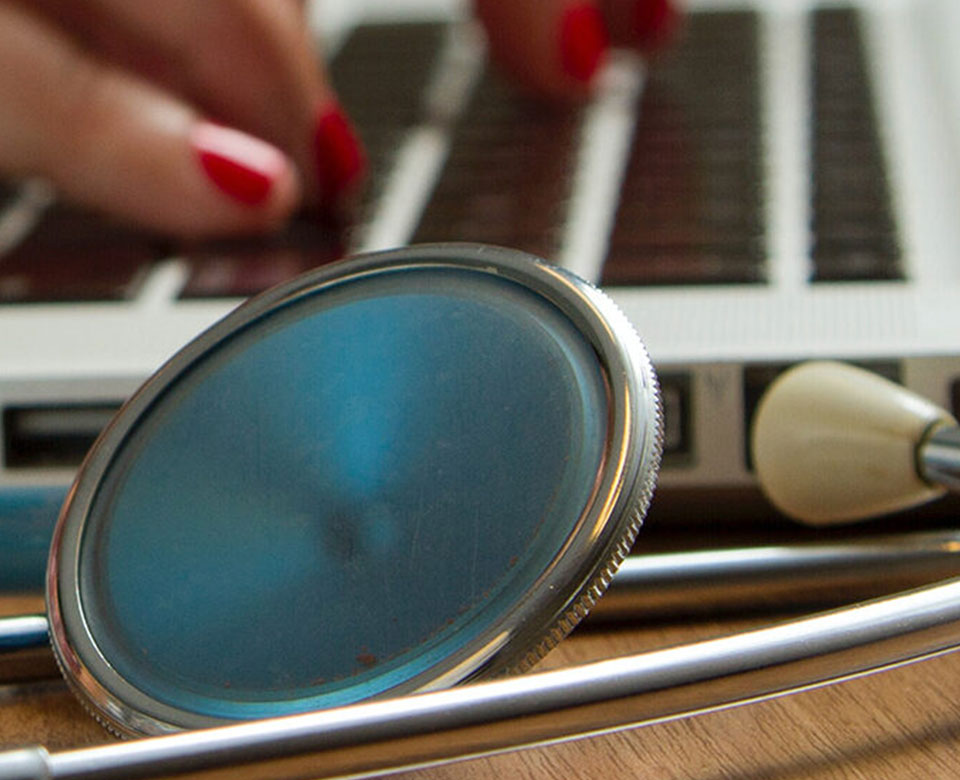Will you pick up future liability for a final pay control charge?
Have you checked whether your practice has an NHS Pensions liability for “final pay control”? Final pay control can involve very large sums payable to NHS Pensions by a practice. We are aware of liabilities in excess of £100,000 arising as employees and partners retire.
What is final pay control?
Final pay control was introduced by NHS Pensions to discourage practices from paying inflated earnings in order to secure their staff a higher pension.
It is applicable to all Officer and Practice Staff members of the 1995 Section of the NHS Pension Scheme, including 1995/2015 transition members. In practice, this means non-GP partners and practice employees may fall within the rules. If, during the final four years of employment or partnership, a member receives an increase to pensionable pay that exceeds a defined ‘allowable amount’, the practice is liable for a final pay control charge.
Who has to pay the charge?
When the member draws their pension, NHS Pensions will calculate the charge and invoice the practice. Interest and penalties apply for late payment.
Where the member is or was an employee, the partners will be liable for the charge.
Where the member is or was a partner, the partners will be jointly liable, but who actually pays the charge will be determined by their partnership arrangements.
Key concerns
The charge may arise many years after an employee or partner has left the practice, as it is only triggered when the member draws their pension. The partners at the time the invoice is issued will have to pay the bill and then seek to recover monies from former partners if their partnership arrangements permit them to do that.
Although the rules are clear that an employee must not be made to pay the final pay control charge, they are less clear about non-GP partners. NHS Pensions will seek to recover the charge from all the partners jointly but how this cost is allocated between the partners is a matter for their partnership agreement.
The charge can seem unfair for non-GP partners who share in the profits, as these are inherently variable. For example if, four years before retirement, the practice had a poor financial year but this was successfully turned around, a charge may well be incurred. If four years ago there was an unusually profitable year, there would probably be no charge.
What can you do?
- When an employee or non-GP partner leaves the practice, you should check whether they are a member of one of the relevant schemes and calculate whether a final pay charge would be due. To do this, you will need to go back over the past four years of pensionable earnings, including any earnings paid by a former NHS employer during that period. If a charge is due, you should discuss with your accountant whether to accrue it in the partnership accounts.
- Where a non-GP partner is a member of one of the relevant schemes, you should consider updating your partnership agreement to make it clear how any final payment charge will be shared. We would be happy to check your partnership agreement for you.
- When merging with or acquiring another practice, as part of your due diligence exercise you should enquire about potential historic and future final pay control liabilities and ensure that it is clear who will be paying them. This should be set out in any GP practice merger or acquisition agreement which we can check for you.
- When a partner joins or leaves the practice, you should pay particular consideration to whether the final pay control charges should be accrued in the joining/leaving accounts.
Conclusion
If you are in any doubt about your situation, then give us a call. Contact Nils Christiansen on 01483 511555 or email n.christiansen@drsolicitors.com
